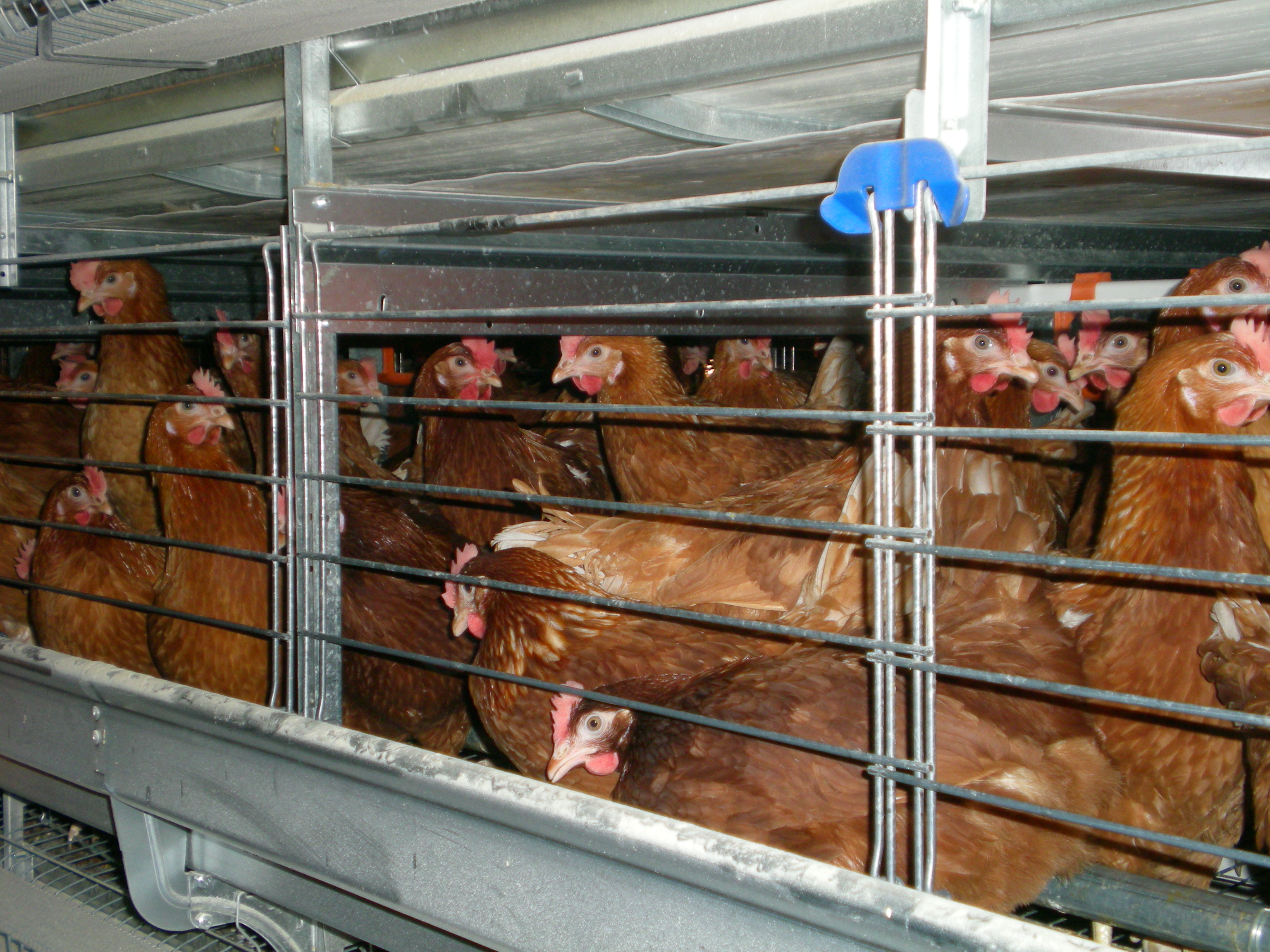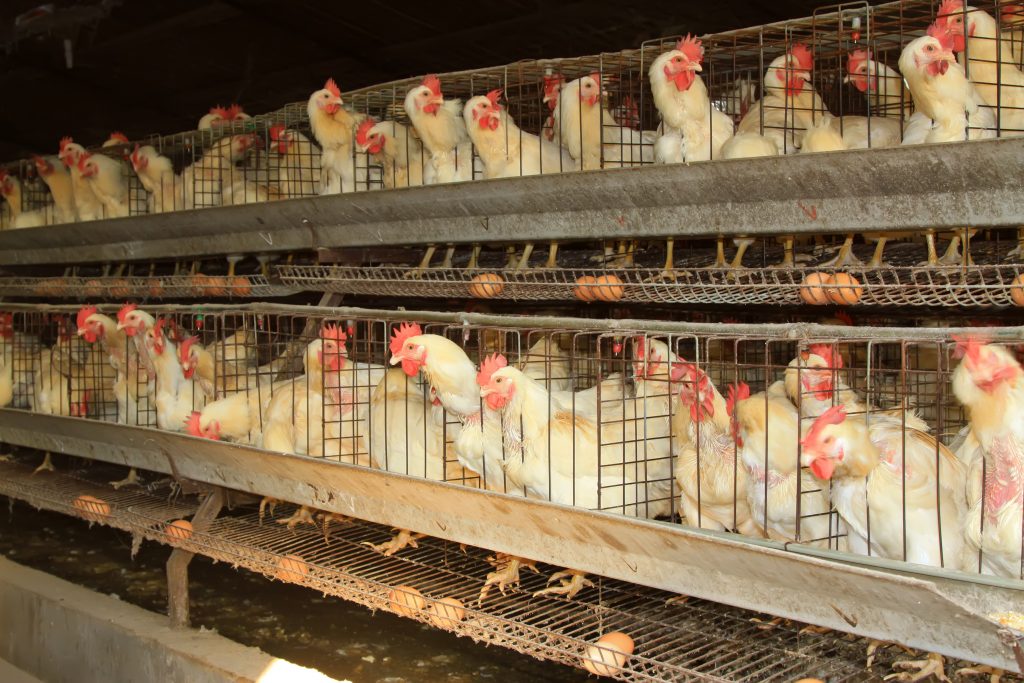caged hens
Caged hens, often referred to as "battery hens," are typically housed in a battery cage system, primarily used in factory farming for egg production. These cages are often very cramped, with multiple hens confined to a small space, which limits their movement and natural behaviors. According to a Wikipedia article, battery cages are designed to maximize space efficiency but come at a significant welfare cost to the animals.
The conditions these hens endure have spurred significant concern from animal welfare organizations. For example, the RSPCA assures that on their certified farms, hens are not kept in cages and must adhere to stringent welfare standards (RSPCA Assured). In contrast, conventional caged systems can involve tens of thousands of hens confined in closed environments, often stacked in multiple tiers (Compassion in Food Business).
Research highlights that transitioning hens from battery cages to cage-free settings can significantly improve their quality of life by reducing instances of pain and stress (Our World in Data). Progress has been observed in the United States, where around 40% of hens used for egg production are now in cage-free systems, freeing more than 100 million hens annually from the confines of cages (Humane World).
Moreover, reports describe the extreme conditions of battery cages as "sadistic," often highlighting that each bird has only about 67 square inches of space and cannot perform natural behaviors, such as spreading their wings (Sentient Media). It's also noted that male chicks are often culled shortly after birth, adding a layer of ethical concern surrounding the egg industry (Animal Equality).
In summary, caged hens live in conditions that restrict their movement and natural behaviors, raising substantial animal welfare issues. There is a growing movement towards cage-free systems that aim to improve the lives of these animals.
Sources


Related Questions
Work fast from anywhere
Stay up to date and move work forward with BrutusAI on macOS/iOS/web & android. Download the app today.
